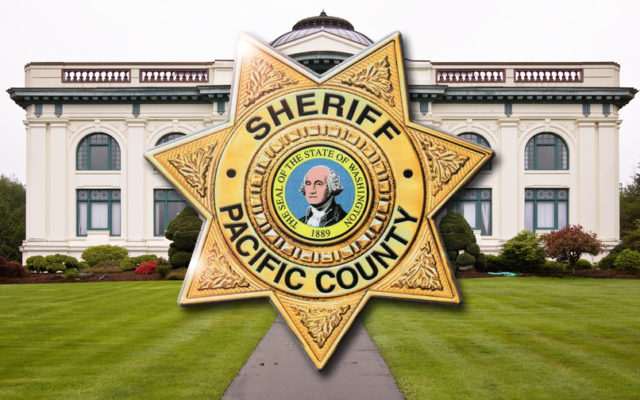Twin Harbors to receive $3.7 million as part of opioid settlement

As part of $518 million that will come to Washington under a resolution with three companies who played roles in the opioid epidemic, individual totals going to counties and cities across the state were released.
Grays Harbor and Pacific County are set to receive $3.7 million.
Grays Harbor is set to see the highest amount locally at $2.1 million, with Pacific County receiving just over $1 million.
The City of Aberdeen alone will see over $535,000 as part of the resolution.
| Local government | % share of settlement | Total payment |
| Grays Harbor County | ||
| Grays Harbor County | 0.9992429138% | $2,148,372.26 |
| Aberdeen | 0.2491525333% | $535,677.95 |
| Grays Harbor County total | 1.2483954471% | $2,684,050.21 |
| Pacific County | ||
| Pacific County | 0.4895416466% | $1,052,514.54 |
| Pacific County total | 0.4895416466% | $1,052,514.54 |
Attorney General Bob Ferguson had announced that Washington state is set to receive the settlement from the companies, and all 125 eligible local governments signed onto the half-billion dollar resolution stemming from Ferguson’s lawsuit.
After rejecting a national settlement, Ferguson went to trial against McKesson Corp., Cardinal Health Inc. and AmerisourceBergen Drug Corp. on Nov. 15, 2021.
That trial lasted six months, and led to a resolution requiring the three companies to pay a total of $518 million — $46 million more than Washington would have received under the national settlement.
Local governments will receive a total of $215 million, divided per an agreement negotiated amongst themselves.
The state will also receive $215 million to fund opioid remediation, plus the additional $46 million Ferguson is directing to that purpose.
In all, more than $476 million will be directed to addressing the opioid epidemic in Washington, paid over a period of 17 years.
The first payments will begin flowing to Washington communities Dec. 1 with the first payment being the largest at $55 million.
The money being distributed will be used to support improved and expanded treatment options, youth-focused prevention strategies, support for first responders and other “evidence-based programs and services that will help communities heal”.
The remainder of the recovery will cover the costs of litigation, including trial expenses of more than $10 million, and approximately $11 million for legal expenses of all litigating local governments.
“This is a major milestone — one of the largest resolutions in Washington state history — but we’re not done fighting back against the opioid epidemic,” Ferguson said. “This represents significant accountability for the opioid distributors that helped fuel the epidemic, as well as urgently needed resources to fight it. The crisis is far from over. Our fight to hold these mega-corporations accountable will continue.”
This settlement is part of a wider effort by Ferguson to combat the opioid epidemic and recover resources to address the ongoing crisis and the second time Ferguson’s rejection of a national settlement led to a better deal for Washingtonians.
In March, Ferguson announced that the state will receive $183 million as a result of a challenge to the Purdue bankruptcy plan — $113 million more than Washington would have received under the original deal.
As part of litigation against companies and the state’s strategy of rejecting national settlements and choosing to litigate, Ferguson also declined to settle with Johnson & Johnson last year.
In all, Ferguson’s opioid initiative has recovered approximately three-quarters of a billion dollars for Washington.



